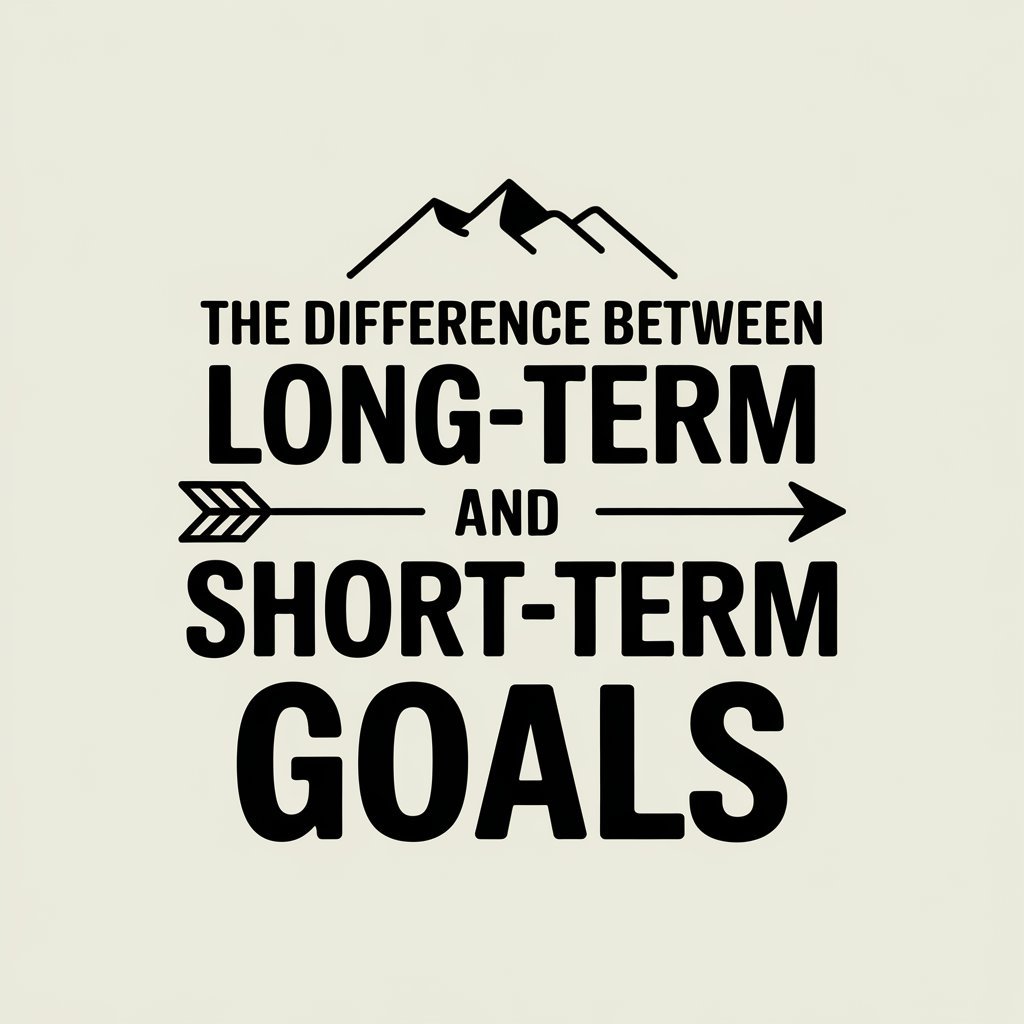
The Difference Between Long-Term and Short-Term Goals
Understanding Goals and Their Importance
Goals provide direction, motivation, and a clear path toward personal and professional success. They help you stay focused, measure progress, and maintain momentum. However, not all goals are the same. Some require immediate action and yield quick results, while others demand long-term commitment and strategic planning. Understanding the difference between long-term and short-term goals can significantly enhance your ability to achieve success in different areas of life.
What Are Short-Term Goals?
Short-term goals are objectives that can be achieved relatively quickly—typically within a few days, weeks, or months. These goals serve as stepping stones toward bigger aspirations and help build momentum.
Characteristics of Short-Term Goals:
- Achievable within a short time frame (days, weeks, or months)
- Often require minimal planning compared to long-term goals
- Provide immediate motivation and a sense of accomplishment
- Serve as progress markers for long-term objectives
Examples of Short-Term Goals:
- Completing a project at work within a deadline
- Exercising three times a week for a month
- Reading one book per month
- Saving $500 in two months
- Learning a new skill through an online course
What Are Long-Term Goals?
Long-term goals are objectives that take an extended period—often years—to accomplish. These goals require consistent effort, patience, and adaptability. They are usually broader and demand strategic planning to reach successful outcomes.
Characteristics of Long-Term Goals:
- Require months or years to achieve
- Demand ongoing effort and commitment
- Often involve multiple short-term goals as milestones
- Typically relate to major life ambitions or career aspirations
Examples of Long-Term Goals:
- Building a successful business
- Achieving financial independence
- Earning a college degree or professional certification
- Running a marathon after consistent training
- Buying a house through disciplined saving
How Short-Term and Long-Term Goals Work Together
Short-term goals serve as building blocks for long-term success. Without short-term goals, long-term objectives can feel overwhelming and unattainable. By breaking down big goals into smaller, manageable tasks, you create a clear roadmap toward achieving significant milestones.
Steps to Align Short-Term and Long-Term Goals:
- Define Your Long-Term Goal – Identify your ultimate objective, whether it’s career success, financial security, or personal development.
- Break It Down – Divide the goal into smaller, actionable short-term tasks.
- Set Deadlines – Assign specific timeframes to short-term goals to maintain momentum.
- Track Progress – Regularly review and adjust your approach as needed.
- Celebrate Small Wins – Acknowledge and reward achievements along the way.
Challenges in Achieving Goals and How to Overcome Them
Common Challenges:
- Lack of Motivation – Losing interest due to slow progress.
- Poor Time Management – Struggling to balance multiple responsibilities.
- Unclear Objectives – Setting vague goals without a clear action plan.
- Fear of Failure – Hesitating to take action due to self-doubt.
Solutions:
- Keep a vision board to visualize your goals.
- Break large tasks into daily or weekly actions.
- Find an accountability partner to stay on track.
- Reflect on why you started and remind yourself of your end goal.
Picture This
Imagine setting a long-term goal to run a marathon. At first, the idea seems overwhelming, but you create a short-term goal to run just one mile. Gradually, you increase your distance each week, celebrating small wins along the way. With each step, your confidence grows, and before you know it, you’re crossing the finish line of your first marathon. This is the power of combining short-term and long-term goals—progressing step by step toward your ultimate success.
Share This with Someone Who Needs It
If you found this guide helpful, share it with a friend or colleague striving to achieve their goals. Let’s inspire more people to turn their dreams into reality.






